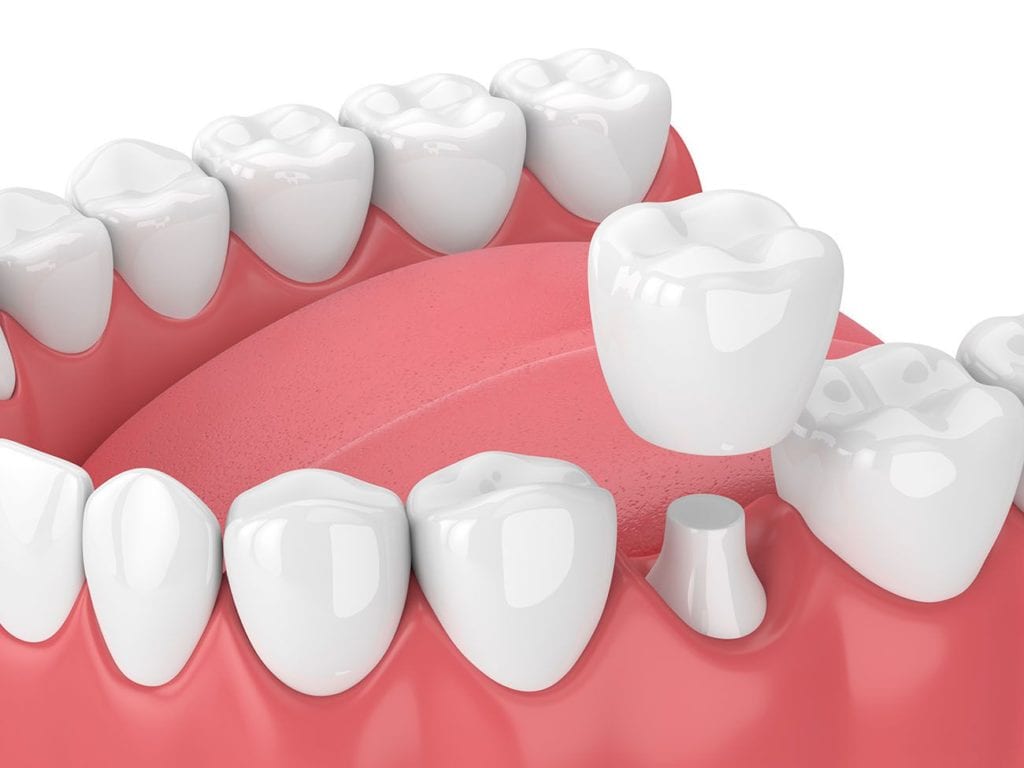A dental crown can help individuals seeking protection for a vulnerable tooth or cosmetic enhancement for their smile. The many benefits of this treatment make it a useful dental tool.
However, patients may be nervous about upcoming dental work if they do not know what the process entails. Dr. Sahil Goyal, a dentist in Frederick, MD, describes what you can expect before, during, and after a dental crown procedure.

How Can a Dental Crown Help Me?
Dental crowns have both restorative and cosmetic benefits. More specifically, a crown can help with the following dental concerns:
- Replace weakened tooth enamel
- Protect tooth after root canal therapy
- Whiten discolored tooth
- Repair broken tooth
- Treat advanced tooth decay
Dental crowns can form a part of a larger restorative dental solution or serve as a useful treatment on their own. Your dentist can determine if a dental crown is the best tool for your unique dental needs during a consultation.
What Is the Procedure Like?
If you and your dentist determine that a dental crown is the best treatment for you, your dentist will first use 3D imaging of your smile to create a customized crown. The crown is made with the unique shape, color, and size of your teeth in mind to ensure a natural look.
When the crown is ready, your dentist will begin the procedure by first giving you a local anesthetic for optimal comfort. Then the dentist will shave some of the enamel from the affected tooth to make room for the ceramic cap. The dentist will place the cap over the tooth and secure it into place with teeth bonding.
What Results Can I Anticipate?
You will notice immediate restorative and cosmetic benefits from your dental crown. We recommend that you avoid eating for at least an hour after your procedure to make sure the crown bonds to the tooth properly.
With proper maintenance, you can appreciate the benefits of your crown for fifteen years. If your crown falls out or breaks, contact your dental professional for emergency repair.
